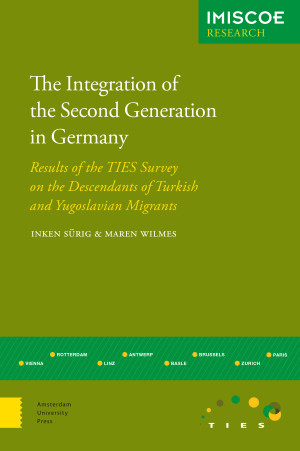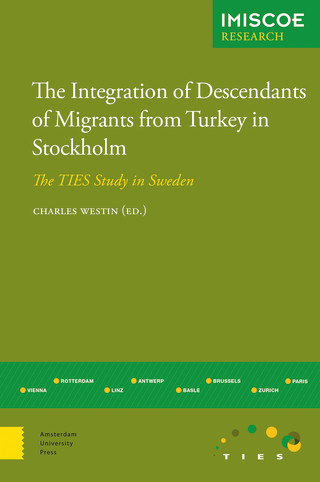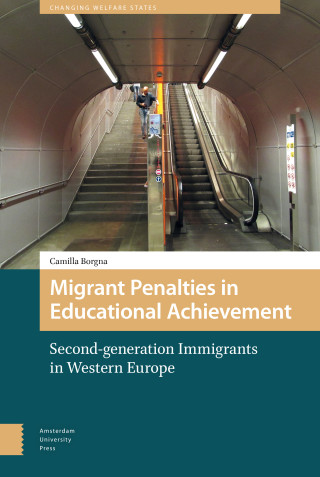1 Introduction
1.1 The integration of the second generation: Theoretical considerations
1.2 TIES Germany: Method and data base
2 Migration history and basic demographic characteristics of the first generation
2.1 Introduction
2.2 The two cities under study: Berlin and Frankfurt
2.3 The parents of the TIES respondents
3 Educational careers and educational outcomes
3.1 Introduction
3.2 Kindergarten and primary school
3.4 The transition from primary school to lower secondary: Recommendations for secondary schools and their ramifications
3.5 Subsequent educational careers: lower secondary school
3.6 The first status passage: From school to vocational training - general tendencies
3.7 Parent's educational background and academic support from family
3.8 Sense of well-being at school
3.9 Conclusions
4 Labour market positions
4.1 Introduction
4.2 Labour force participation and current work status
4.3 Transition from the education system to the labour market
4.4 Significance of the highest qualification for labour market position
4.5 Occupational groups
4.6 The respondents' financial situation
4.7 Current work status in Berlin and Frankfurt
4.8 Working conditions
4.9 Career conditions and discrimination at work
4.10 Conclusions
5 Segregation and housing
5.1 Introduction
5.2 Second-generation Turks and Yugoslavs in Berlin
5.3 Second-generation Turks and Yugoslavs in Frankfurt
5.4 Comparison Berlin - Frankfurt
5.5 Conclusions
6 Ethnic and cultural orientations
6.1 Introduction
6.2 Ethnic orientations
6.3 Attachment to the parents' country of origin
6.4 Religious orientations
6.5 Intercultural orientations
6.6 Conclusions
7 Social relations
7.1 Introduction
7.2 Friendships
7.3 Participation in public contexts
7.4 Experiences of discrimination
7.5 Conclusions
8 Family formation and partner relationships
8.1 Introduction
8.2 Cohabitation, marriage, and procreation
8.3 Ethnic, cultural, and socio-economic orientations in partner relationships
8.4 Family life
8.5 Conclusions
9 Conclusions and international comparisons
References





